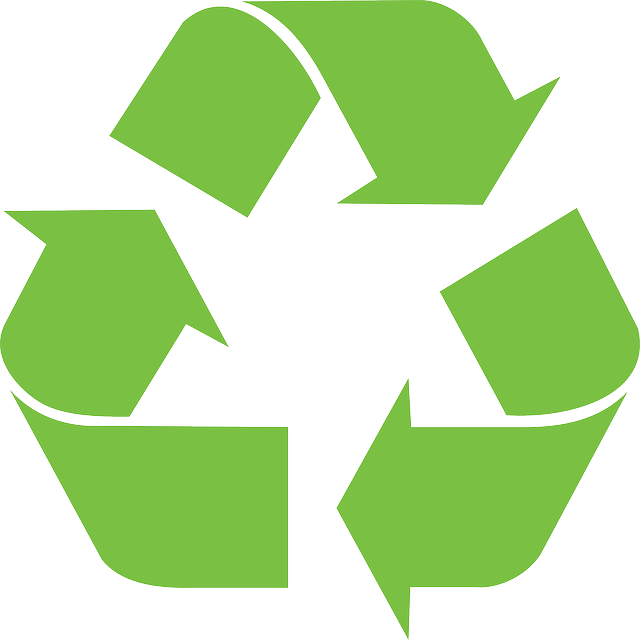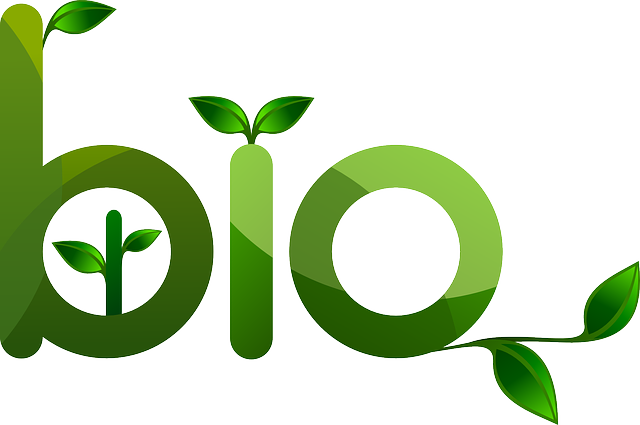For the food packaging industry, sustainable packaging dominated industry headlines in 2022.
Embracing the circular economy – both in response to corporate Environmental, Social, and Governance objectives as well as consumer demand – was almost universally one of the top trends projected to expand and increase in 2023. In fact, January’s PharmaPack had an entire content track devoted to sustainability.
What is a Circular Economy?
 In a circular economy, materials and products are not relegated to a single use and then discarded. Instead, repurposing and recycling are strategically used to help items remain in service as long as possible. The circular approach targets waste minimization using system-focused changes that reduce undesirable environmental and human health effects.
In a circular economy, materials and products are not relegated to a single use and then discarded. Instead, repurposing and recycling are strategically used to help items remain in service as long as possible. The circular approach targets waste minimization using system-focused changes that reduce undesirable environmental and human health effects.
Decreasing natural resource extraction is of particular concern. According to the United Nations’ International Resource Panel, resource extraction accounts for approximately 50% of greenhouse gas emissions worldwide.
Moreover, human health benefits are also matters of interest—especially in underserved populations. By limiting waste generation, circularity reduces the disposal or emission of industrial waste in areas that are located in or near poor communities. According to a 30-year study by the University of Michigan and University of Montana researchers:
“Minority and low-income neighborhoods and communities in transition are disproportionately targeted by industries that follow the path of least resistance when deciding where to locate hazardous waste sites and other polluting facilities.”
Recognizing this concern, the Environmental Protection Agency (EPA) has developed action plans to promote circularity. Other regulatory agencies worldwide are setting ecological goals to reduce waste—especially waste from packaging.
In 2018, the European Union (EU) established several waste-minimizing targets for packaging that companies must meet by 2030. They include:
· Recycling packaging waste. 75% of packaging waste must be processed for reuse.
· Limiting landfill contributions. The amount of waste sent to landfills must not exceed 10%.
· Recycling plastic packaging. All plastic packaging must be recyclable by 2030. An interim goal of 50% recyclability must be met by 2025.
Organizational Commitment to Circularity
 Regulatory agencies are not the only entities embracing a circular economy. According to John Hewitt, an executive for the Consumer Brands Association, organizations in the consumer packaged goods industry (CPGs) are also getting involved. Hewitt states:
Regulatory agencies are not the only entities embracing a circular economy. According to John Hewitt, an executive for the Consumer Brands Association, organizations in the consumer packaged goods industry (CPGs) are also getting involved. Hewitt states:
“They’re not waiting for regulatory direction or legislative mandates, but they’re actually getting out in front and trying to meet what the consumers need in terms of packaging, but also what’s needed to help create a circular economy in a variety of states within the country.”
Companies are becoming increasingly aware of the effects of their actions on natural resource depletion and ecological balance. In the printing industry, packaging is a significant contributor to waste production. This has led to the increasingly common practice of minimizing packaging and maximizing the use of recyclable content.
Organizational buy-in is vital to the success of circularity. Large companies that employ single-use virgin packaging typically have a substantial carbon footprint. Approximately 98% of single-use manufactured plastic is made using original fossil-fuel materials instead of recycled ingredients. According to NPR.org, just 200 companies are collectively identified as the source of more than 90% of the waste generated by single-use plastics.
At Colorcon, we realize that our partnership with a wide variety of companies positions us to significantly affect circularity. We are ensuring our positive contribution through the development of ecology-minded products that promote waste reduction.
Bio-Renewable Printing Options
 Bio-renewable products have been game-changers in ecological conservation. The term differentiates between items that are sourced from fossil fuels and those derived from sustainable resources. The formulations in Colorcon’s NTO1 Sheetfed Offset system and NT23BR water-based Flexo system, for example, are certified by the National Association of Printing Ink Manufacturers (NAPIM) at 60% bio-renewable content (BRC).
Bio-renewable products have been game-changers in ecological conservation. The term differentiates between items that are sourced from fossil fuels and those derived from sustainable resources. The formulations in Colorcon’s NTO1 Sheetfed Offset system and NT23BR water-based Flexo system, for example, are certified by the National Association of Printing Ink Manufacturers (NAPIM) at 60% bio-renewable content (BRC).
To provide certification, the NAPIM reviews Colorcon’s formulas and ingredients to determine the percentage of bio-derived renewable resources present in the formulations. Any formula can be submitted for NAPIM review and potential certification. (For customers interested in displaying the NAPIM certification on their packaging, Colorcon can include stickers displaying the BRC logo and NAPIM registration number.)
The use of bio-renewable ink products in lieu of more traditional petrochemical options can minimize carbon footprints without sacrificing ink performance or safety. Printers and manufacturers who remove the polyliner from their packaging can render it recyclable. The use of direct food contact ink instead of conventional ink eliminates the need for a liner, yielding food packaging that is not only safe, but also recyclable. All Colorcon inks contain direct and indirect food additives only.
Minimizing Packaging for Sustainability
Like other environmentally conscious industry leaders, at Colorcon we are committed to limiting ecological damage. With years of industry experience and an extensive ink product line, we are aware of our products’ impact on the environment as well as the effects of our inks on consumer product marketability and safety. We recognize that our support of packaging and product sustainability is crucial to the creation of a circular economy.
Working together we can create sustainable changes in printing and packaging, building a more positive future for brand owners, consumers, and ultimately Planet Earth.
Want to explore using sustainable direct & indirect food contact inks for a food packaging project? Contact us today!
